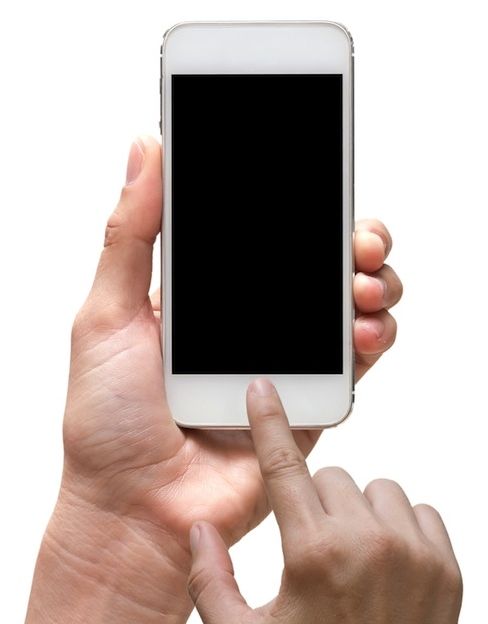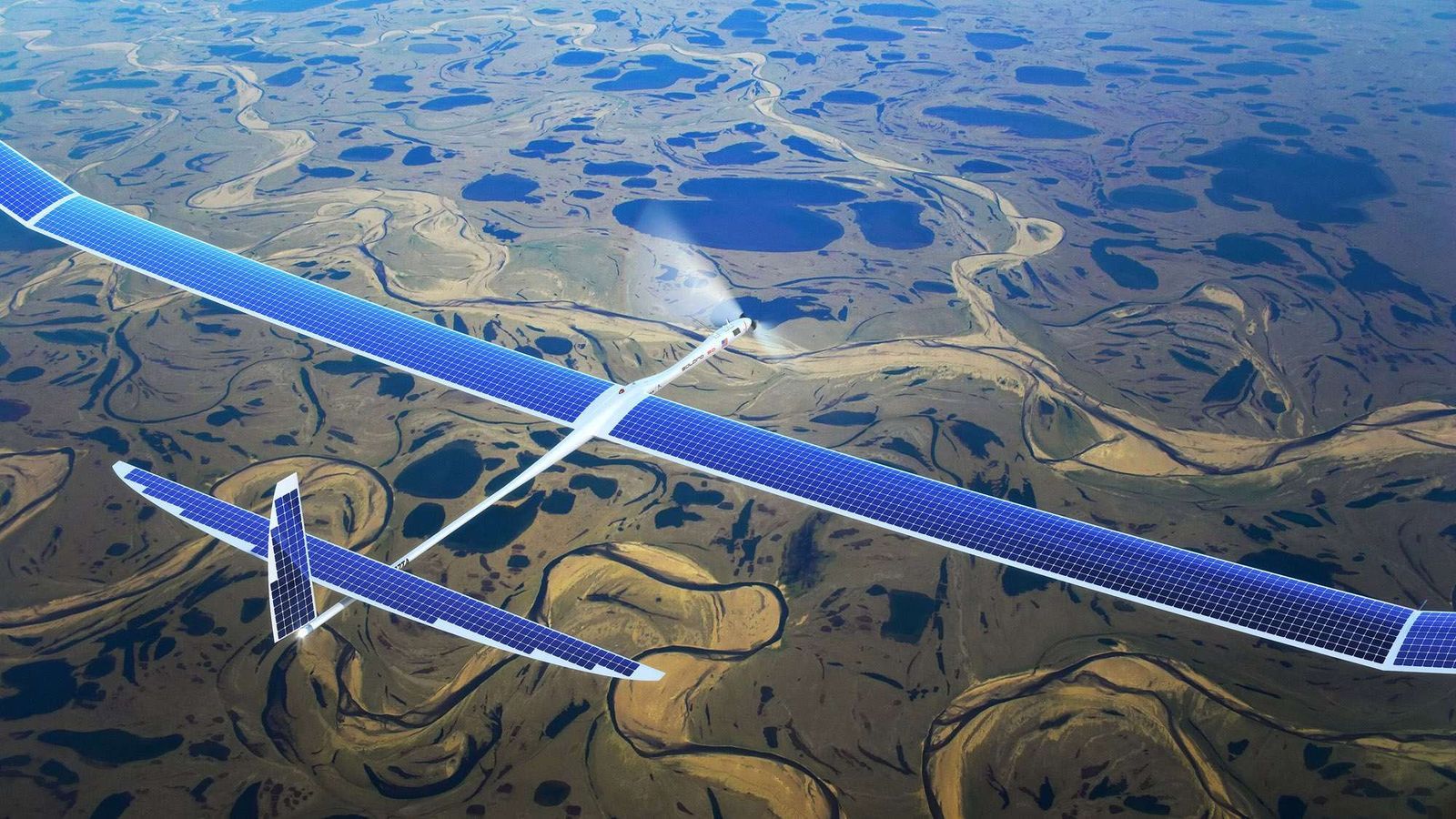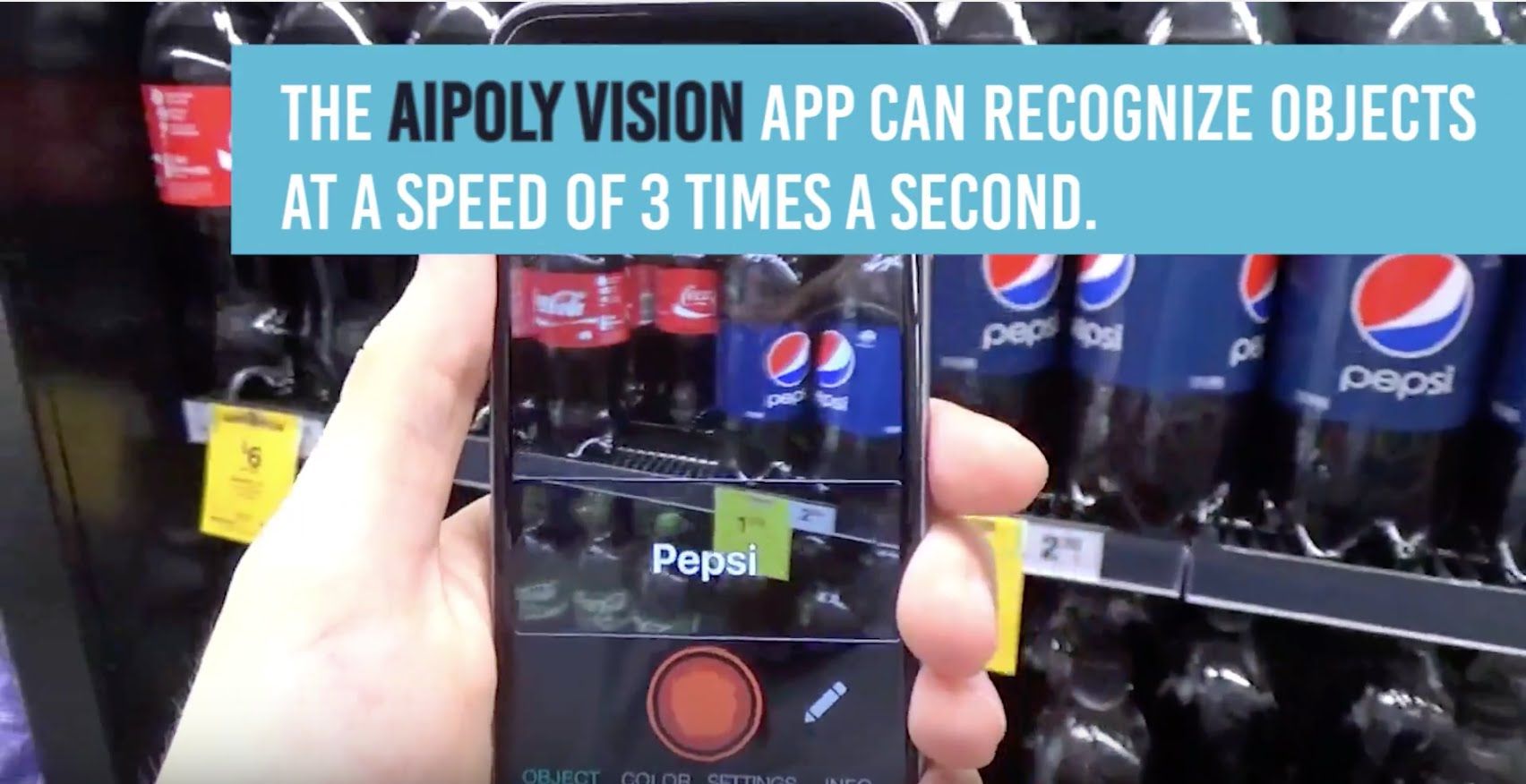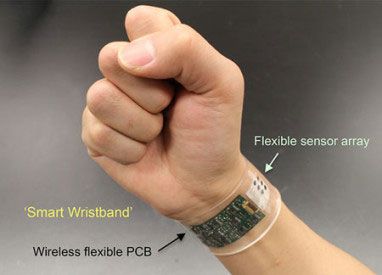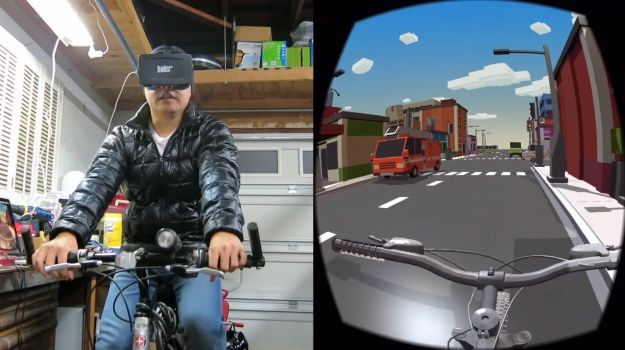Feb 4, 2016
Robot Voice Designed To Annoy Telemarketers
Posted by Karen Hurst in categories: mobile phones, robotics/AI
Finally, the solution that I been looking for to combat Telemarketers.
TEXAS (CBSNEWS.COM) – We’ve all been there — usually right at dinner time, the phone rings and you pick up only to find out that you have now been roped into an unwanted conversation with a telemarketer. Have you ever wanted to give them a taste of their own medicine? Well, now, a developer is harnessing the power of artificial intelligence to turn the tables and annoy those pesky callers.
The Jolly Roger Telephone Co., from developer Roger Anderson, is a robot voice that answers with “hello?” and keeps the conversation going. When you get a telemarketing call, you manually conference in the robot and then go on about your life. It stays on the line and any time it senses a moment of silence in the conversation, the robot voice jumps in and fills the gap with generic responses like “yes” or “right” or “hang on.”
Continue reading “Robot Voice Designed To Annoy Telemarketers” »


